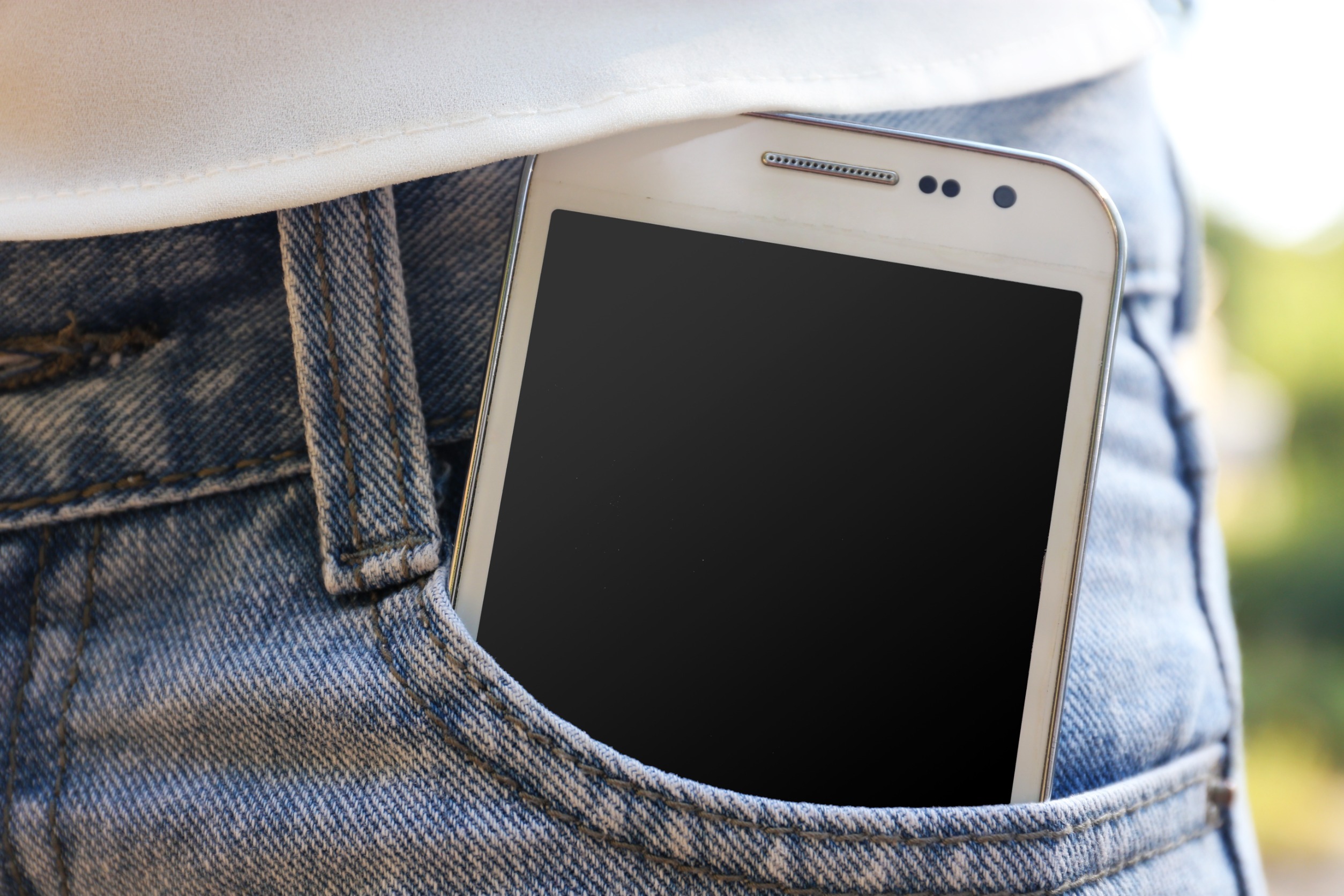BY THE OPTIMIST DAILY EDITORIAL TEAM
In light of the extreme coast-to-coast heat hitting the United States and Canada, this week we’re bringing back earlier articles with advice and guidance on how to stay cool and safe during heatwaves and wildfire season.
We at The Optimist Daily believe that time spent outdoors being active in nature is good for our mental health, however, when the weather is so hot, we also want to encourage safe practices. One thing to be extra wary of this summer is heat stroke, a condition that can damage your brain, heart, kidneys, and muscles if not treated quickly.
What is heat stroke?
Heatstroke is a very serious form of heat injury that is caused by your body overheating. It requires emergency treatment, and if left untreated will wreak havoc on the areas of the body mentioned above. The damage only becomes worse the longer treatment is delayed, which increases the risk of more serious complications and even death.
Causes of heatstroke
Non-exertional or classic heatstroke is the result of being exposed to a hot environment for a prolonged period. This leads to a rise in core body temperature. Classic heatstroke is more common in older adults and those with chronic illnesses.
Exertional heatstroke is caused by an increase in core body temperature that is brought on by intense physical activity in a hot environment. Anyone, regardless of age, can get exertion heatstroke, however, it’s more likely to happen to those not accustomed to high temperatures.
Either kind of heatstroke can be the result of:
Wearing excess clothing
This prevents sweat from evaporating quickly and cooling down the body.
Drinking alcohol
This impacts the body’s ability to regulate temperature.
Becoming dehydrated
This means that the body cannot replenish fluids lost through sweating.
Symptoms of heatstroke
The warning signs and symptoms of heatstroke include:
High body temperature
A core body temperature of 104 F (40 C) or higher, obtained with a rectal thermometer, is the main sign of heatstroke.
Altered mental state or behavior
Heatstroke can cause a person to become confused or agitated. It can also cause slurred speech, irritability, delirium, seizures, and even induce a coma.
Alteration in sweating
In heatstroke brought on by hot weather, your skin will feel hot and dry to the touch. However, in heatstroke brought on by strenuous exercise, your skin may feel dry or slightly moist.
Nausea and vomiting
Feeling sick to your stomach and throwing up are common signs of heatstroke.
Flushed skin
Depending on skin complexion, someone who is suffering from heatstroke may turn red as their body temperature increases.
Rapid breathing
Rapid and shallow breathing is often linked to heatstroke.
Racing heart rate
The pulse may significantly increase because heat stress places a tremendous burden on your heart to help cool your body.
Headache
A throbbing headache is also a telltale sign of heatstroke and dehydration.
What to do about heatstroke
If you or someone you’re with begins experiencing heatstroke, the best course of action is to immediately seek medical help by calling 911 or whatever the local emergency services number is.
While waiting for emergency treatment, do everything you can to cool yourself or the person with heatstroke down by getting into the shade or somewhere indoors and removing excess clothing. If there are other tools around that can cool a person down, such as access to a garden hose with which cool water can be sprayed on the individual in need, or access to ice packs that can be placed on the person’s head, neck, armpits, and groin, be sure to put them to use.
Prevention
Taking preventative measures is the best and safest way to navigate hot temperatures. To prevent heatstroke during hot weather:
Wear loose-fitting, lightweight clothing
Wearing excess clothing or clothing that fits tightly won’t allow your body to cool properly.
Protect against sunburn
Sunburn affects your body’s ability to cool itself, so protect yourself outdoors with a wide-brimmed hat and sunglasses and use a broad-spectrum sunscreen with an SPF of at least 15. Apply sunscreen generously and reapply every two hours — or more often if you’re swimming or sweating.
Drink plenty of fluids
Staying hydrated will help your body sweat and maintain a normal body temperature.
Take extra precautions with certain medications
Be on the lookout for heat-related problems if you take medications that can affect your body’s ability to stay hydrated and dissipate heat.
Never leave anyone in a parked car
Heat-related deaths in children are commonly caused by someone having left them in a parked car in the sun on a hot day. Under these conditions, the temperature in the car can rise 20 degrees Fahrenheit (more than 11 Celsius) in only 10 minutes.
Even when the windows are cracked or if the car is in the shade, it’s not a good idea to leave anyone behind, child or pet. Before leaving your parked car, make sure to keep it locked so that a child won’t be able to get inside while you’re gone.
Take it easy during the hottest parts of the day
If you can’t avoid strenuous activity in hot weather, drink fluids and rest often in a cool spot. Try to schedule exercise or physical labor for cooler parts of the day, such as early morning or evening.
Get acclimated
Limit time spent working or exercising in heat until you’re conditioned to it. People who are not used to hot weather are especially susceptible to heat-related illness. It can take several weeks for your body to adjust to hot weather.
Be cautious if you’re at increased risk
If you take medications or have a condition that increases your risk of heat-related problems, avoid the heat and act quickly if you notice symptoms of overheating. If you participate in a strenuous sporting event or activity in hot weather, make sure there are medical services available in case of a heat emergency.












